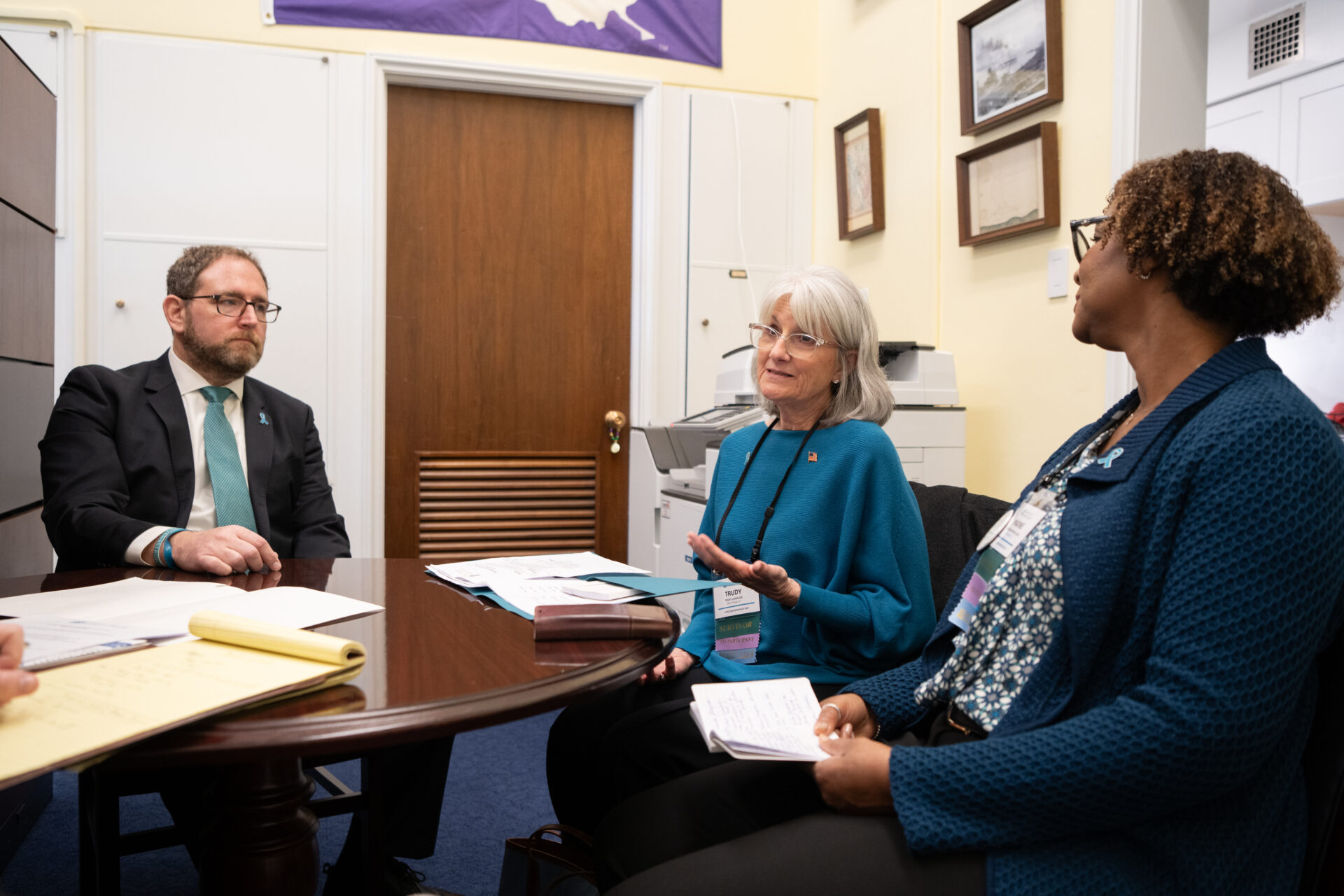Next week, the Supreme Court of the United States will hear arguments about the constitutionality of the Patient Protection and Affordable Care Act (ACA), a.k.a. “health reform.” How the Supreme Court rules could affect women with ovarian cancer.
On Monday, March 26, the court will hear arguments about the timing of the case. At issue is whether this case can be heard now or if the Supreme Court must wait until 2015, when taxation provisions of the law become relevant. If the Supreme Court rules that it can decide now, it will then consider additional issues.
On Tuesday, March 27, the Court will hear arguments about whether the federal government has authority to require everyone to have insurance under various clauses of the Constitution. This provision of the ACA is known as the individual mandate.
On Wednesday, March 28, the court will hear arguments about whether the individual mandate can be severed, or removed, from the ACA. The court will also hear arguments on Wednesday about the constitutionality of the Medicaid expansion included in the ACA.
If the individual mandate is not constitutional, the court will have to decide whether the rest of the law can still be implemented, or if the entire law must be thrown out. It is unclear how the insurance market will react if the court strikes down the individual mandate but allows the remainder of the law to stand.
Provisions in the ACA greatly expand Medicaid—a state run program—and provide federal matching funds for the state to extend the program. For example, women with ovarian cancer who do not have children and are under the poverty line currently do not qualify for Medicaid in most states; they would if this provision is upheld. The court will consider whether these funds and requirements are coercive to states regarding their Medicaid programs.
Provisions in the ACA that could affect women with ovarian cancer include the following:
- Requires everyone to have insurance, except those below 100 percent of the poverty line
- Provides insurance subsidies for those with incomes between 100 percent and 400 percent of the poverty line
- Expands Medicaid eligibility to Americans with income up to 133 percent of the poverty line; does away with disease-specific requirements
- Eliminates lifetime and annual limits on benefits
- Requires insurance companies to guarantee and continue coverage
- Creates high risk insurance pools for people who can’t get insurance on the market currently
- Requires coverage of women’s health preventive services without a co-payment
- Prohibits excluding patients with pre-existing conditions from insurance plans
- Eliminates gender rating, the practice of charging women more than men for comparable health insurance
- Provides coverage for those enrolled in clinical trials
The Alliance joined an amicus brief in support of the patient protections including in the ACA.


